Introduction: The Astronomical Future of AI
The limits of my language mean the limits of my world. - Ludwig Wittgenstein. It's a profound reminder that our understanding and exploration are defined by the tools we use and the concepts we grasp. In the age of artificial intelligence, our new language is encoded in zeroes and ones, and it's redefining the boundaries of human capability. Amidst this ongoing revolution, one wonders: Will machines become the new pioneers of space, venturing where no human has gone before?
Picture this: A world where robots don't just assist us but become the leaders of interstellar quests. Space exploration is leaping from sci-fi dreams into reality as AI technologies continuously evolve. From driving rovers on Martian soil to guiding spacecraft through the cosmos, AI is reshaping what we can achieve—just ask Elon Musk or the brains behind NASA's next groundbreaking mission. As stars become potential new homes under the guidance of machines, we step closer to changing our cosmic address. But can we fully trust artificial minds with such monumental tasks, or will they one day outgrow human oversight?
This article ventures into the extraordinary roles AI technologies play today and will further command in future space endeavors. Let's navigate the maze of opportunities, technical innovations, and ethical debates in what could soon be humanity's greatest era. Are we mere witnesses or active participants in this final frontier of machine-led exploration?
The Current Landscape of AI in Space Exploration
As we embark upon the thrilling arena of AI-driven space exploration, we must begin by understanding the current landscape. What's already happening between the Earth and the infinite beyond? Space agencies like NASA and the European Space Agency (ESA) have become the forefront runners, weaving AI into the fabric of space missions. But how did AI evolve to this celestial prominence?
Let's rewind a little. The initial steps were modest; old computer punch cards rendered calculations for rocket science. Then came programs that could play chess and spark discussions on binocular vision. But buzzwords became breakthroughs, especially when NASA decided to test the mettle of AI.
Take the Mars Rover Perseverance as a hallmark example. These roving scientists are more than just glorified remote-control cars. They're autonomous vehicles, making real-time driving decisions on terrains far beyond human visibility. Rovers like Curiosity even herald AI's triumph in robotic pathfinding and geology.
Meanwhile, up above, the Voyager spacecraft, once dependent solely on Earthly commands, now adjusts its trajectory like a self-thinking sentinel. Each milestone captured makes AI less of a side role and more a main character in the star-studded play of space exploration.
And that's not all. Current projects rocketing into the future include missions like the Artemis program, bent on landing "the first woman and next man" on the Moon with an AI at their side, or the sheer ambition of the Mars Sample Return missions backed by intelligent systems to retrieve cosmic souvenirs.
We've crossed the Rubicon, as AI guides our journeys, forecasting an era where it's not just companies like SpaceX revolutionizing headlines but machines writing them. Imagine reading those in a Marsian coffee shop someday. As exciting as this sounds, it's just another step in AI's extraterrestrial odyssey.
The Role of AI in Mission Management and Navigation
Picture this: a computer making decisions on the fly as a spacecraft hurtles through the endless vacuum. Sounds like a scene from a sci-fi flick, right? It’s not just your imagination—AI is the real star pilot, navigating unfathomable distances and sidestepping cosmic obstacles. The cosmos might be vast, but thanks to artificial intelligence, it's starting to feel a bit smaller.
Autonomous Navigation Systems
Seated in the captain's chair, AI acts more like a seasoned road tripper than a digital daredevil. It maps out every twist and turn, ensuring spacecraft glide smoothly past asteroids like a skilled driver dodging traffic on the L.A. freeway. By detecting obstacles and optimizing routes, AI shrinks down what used to be unimaginable journeys.
Mission Data Interpretation
Think of AI as the Swiss Army knife of space missions. It's not just about getting from Point A to Point B. NASA’s AI systems transform dizzying amounts of mission data, turning it into scientific gold. This means interpreting those puzzling signals from deep space quickly and efficiently, akin to a librarian sorting through a mountain of books to find exactly what you need. NASA knows: in the quest for knowledge, every scrap of data counts.
AI Decision Making in Crisis Situations
When the universe throws a curveball, AI doesn’t panic. It's like having a calm pilot in a storm, ready to handle the unexpected with an unflappable demeanor. AI systems can react fast, execute a new flight path, and bring the spacecraft back safely—the space equivalent of pulling over safely during a sudden rainstorm.
Ethical Considerations and Challenges of AI in Space
As we hand over the controls to AI, we're not just launching rockets—we're propelling ourselves into an ethical quagmire. Decisions made light-years away aren't as simple as caffeinated choices made at a morning coffee shop. They carry weight and questions that even fine-tuned algorithms can't always calculate.
The Ethics of Autonomous Decision Making
AI making decisions on its own feels a bit like letting your Roomba decide what constitutes "clean." Would you trust a machine to decide what's best when steering billions of dollars worth of hardware—or potentially human lives? It's a question that tugs at the morality cords of ESA and all of us intergalactic dreamers.
Risk Management and Accountability
Picture this scenario: a mission goes awry. Who do we point fingers at when AI makes a call that doesn’t pan out? Sound familiar to barking at a chess engine for a poor move? As the great bard once quipped—and by that, I mean my uncle Hank—"Computers don't lie, but they sure do make mistakes like the rest of us." It begs the question of accountability when a machine's got its hands on the steering wheel.
Public Perception and Trust in AI Technologies
The public wonders, sometimes skeptically, if an artificial navigator can be trusted like Captain Kirk from Star Trek. Public trust isn't a switch to be flipped; it's a ladder to be climbed rung by rung as more missions unfold. AI's successes need airing louder than its glitches to build faith in this brave new world.
The odds of AI's autonomy coming out on top appear promising yet complex. But the heavens hold too much promise for us to be stalled by fear. Each algorithm, each breakthrough is one small step for AI, one giant leap for humankind. And while the question of trust looms large, the universe awaits, ready for the embrace of its artificial pioneers.
Future Technologies: AI in Creation of Habitats and Sustainability
Back in 1986, my grandpa would gaze up at the night sky, dreaming about the cosmic mysteries. Fast forward to today, our dreams are a little closer to reality, thanks to the marvels of artificial intelligence. If machines are destined to carve humanity's future in the stars, they'll need to create habitats and establish sustainable living on foreign planets. This isn't just science fiction anymore; it's a challenge at humanity's doorstep. AI is stepping up, showing promise in leading the charge for us.
Designing AI for Habitat Construction
Picture a robotic foreman, orchestrating a symphony of machines to erect cutting-edge homes on Mars or the Moon. AI isn't just a dreamer, it's a doer, and it's gearing up to tackle habitat construction with gusto. It's all about adapting to a new cosmic environment. The goal is to use local materials to build safe havens for future astronauts. Imagine 3D printers crafting structures from moon dust, while AI robots ensure each polymer wall can withstand space's harsh elements. Learn about the Moon
Energy Management Systems
Space is more than a sea of stars; it's an energy puzzle waiting to be solved. Enter AI, playing the pivotal role of cosmic power manager. By optimizing how we use solar and other renewable resources, AI can help us make the most of limited space energy supplies. The key to thriving off-world is in balancing consumption and sustainability, a jigsaw that AI would artfully piece together. Overview of Renewable Energy
Resource Extraction and Management
Out there in the black, resources are everything. AI could help us efficiently identify and use extraterrestrial materials, ensuring every ounce is accounted for. It's like a cosmic treasure hunt where every find counts. Machines equipped with AI will be our miners and managers, transforming raw materials into essentials for long-term colonization. This isn't just resource management; it's survival strategy.
AI and the Search for Extraterrestrial Life
When I was a kid, I believed wholeheartedly in little green men. Today, between my coffee and late-night star gazing sessions, the universe still teems with possibilities. But instead of whimsical belief, we've got AI-powered tools searching for life beyond Earth. It's not just about finding aliens; it's unraveling cosmic tales long untold.
Analyzing Data from Planetary Surveys
Imagine AI sifting through mountains of data from space missions, like a child combing a beach for the prettiest shell. It looks for anomalies, for signs of life that humans might miss. From the smallest bacteria to possible traces of past civilizations, AI could be the key to opening doors that lead to the ultimate discovery. Learn about Planetary Science
Intelligent Communication Systems
In the vast silence of space, communication systems must be as smart as they are relentless. AI could decode signals, translate cosmic whispers, and possibly even interpret messages from beyond. It's like having a cosmic decoder ring, able to speak a universal language. It brings us closer to saying, "Hello, universe!" Overview of Communications Satellite
Preparing for Contact with Extraterrestrial Intelligence
How does one prepare for a cosmic meet-and-greet? AI can script scenarios and strategies for potential interstellar communications. It's the ultimate icebreaker for a party we only just snagged an invite to. Imagine AI crafting the perfect "hello," taking cues from human history and cosmic etiquette, to welcome new friends from other worlds. Explore Extraterrestrial Life
AI Solutions: A Step-by-Step Journey into the Stars
If I were an AI, tasked with piecing together our cosmic odyssey and establishing the groundwork for space colonization, I would embrace a meticulously designed framework. This roadmap would robustly engage interdisciplinary experts, represent the cutting-edge of current technology, and integrate fresh, creative ideas. Here's how it would unfold:
1. Automating Data Collection: Begin an ambitious global collaboration, which encompasses universities like MIT and tech giants such as SpaceX to enhance data collection through satellites and rovers. Employ machine learning techniques that can autonomously identify significant patterns and anomalies in vast datasets.
2. Creating an AI Infrastructure: Establish an integrated network of intelligent systems crafted not just for analyses but for proactive actions based on the collected data. This infrastructure would be capable of real-time decision-making, giving us the agility needed for efficient exploration.
3. Simulating Environments: Work on developing both virtual and controlled environments on Earth. These would serve as testing grounds for habitat construction and resource management simulations, allowing us to make mistakes here before venturing into the unknown.
4. Interdisciplinary Collaboration: Reach out to professionals across various scientific fields—like biology, geology, and environmental science. Their insights would ensure that we build systems informed by the real challenges we’ll face in celestial habitats.
5. Robotics Development: Invest significantly in the creation of adaptive robotic systems. These robots would be able to change their behavior based on environmental feedback and learn from their experiences, enhancing their utility on Mars or in the moons of Jupiter.
This process will entail continuous iteration, collaboration with experts, and incorporating feedback from aspiring astronaut-citizens. Tapping into literature, drawing inspiration from the visionary work of scientists like Stephen Hawking for cosmic communication and Carl Sagan’s studies on the search for extraterrestrial life would provide a theoretical backbone to guide AI development.
Actions Schedule/Roadmap
Day 1: Formulate a Research Team
Gather an elite group of AI scientists, aerospace engineers, ethicists, and astrophysicists. Begin partnerships with educational institutions like Stanford University and organizations like NASA.
Day 2: Establish Initial Objectives
Define the primary goals of the research, including specific AI applications desired for upcoming missions and colonization ventures.
Day 3: Develop Initial Framework for AI Systems
Create a draft proposal for the types of AI systems that would be beneficial in data collection, habitat construction, and crisis management.
Week 1: Begin Feasibility Studies
Study the technical feasibility of proposed AI projects, compiling data from previous missions. Generate preliminary reports to disclose findings to stakeholders.
Week 2: Interdisciplinary Workshops
Host brainstorming sessions with leaders from various disciplines to discuss innovative solutions and tackle challenges in AI's application in space.
Week 3: Prototype Development
Commence development of initial prototypes focusing on either navigation systems or habitat-building technologies.
Month 1: Data Collection Trials
Conduct comprehensive trials using simulated habitats on Earth to gather data and test AI learning capabilities in real-time scenarios.
Month 2: Optimization and Iteration
Refine systems based on analysis from trials, engaging participants to optimize AI functionalities ensuring accuracy and reliability.
Month 3: Stakeholder Review and Adjustments
Host a review meeting with all key stakeholders to discuss discoveries and derive actionable insights for the next steps in the development process.
Year 1: Initial Field Deployment
Deploy the first AI systems into controlled space mission scenarios, such as low-Earth orbit, for practical effectiveness testing.
Year 1.5: Full-Scale Testing
Expand the locale and scope of AI functionalities by assigning multiple missions to these systems. Analyze results for continual design iteration.
Year 2: Launch Major Mission
After extensive testing, launch a significant space mission dependent primarily on AI systems for exploration and data collection. Monitor AI's performance in autonomy and decision-making throughout the mission.
Conclusion: The Cosmic Partnership Awaiting Us
The interplay between artificial intelligence and our quest for space exploration is no longer a distant fantasy; it’s firmly within our grasp. As we embark on this celestial journey, we uncover not just the mysteries of the universe but also the depths of our capabilities as human beings. Much like our ancestors took to the seas in search of new lands, we now stand on the brink of the cosmos, held together by the umbilical cord of innovation and creativity.
However, with great power comes great responsibility. As we prepare to hand over some decisions to advanced AI, we must remain vigilant stewards of our ethical compass. Will we embrace this unprecedented alliance with open arms, or allow uncertainty to dictate our choices? In this pivotal moment, our approach to AI in space will shape not only our exploration of the stars but also the very fabric of what it means to be human. Together, let us traverse this new frontier, guided by curiosity, hope, and the unwavering spirit of adventure.
FAQ: AI in Space Exploration
- 1. What is AI’s role in space exploration?
- AI is like the brain behind many modern space missions. It's used to help navigate spacecraft, manage missions, and analyze the huge amounts of data that come back from space. For example, NASA's [Perseverance rover](https://mars.nasa.gov/mars2020/) uses AI for navigating the surface of Mars and choosing where to explore next.
- 2. How does AI help spacecraft navigate?
- AI uses sensors and cameras to see what’s around the spacecraft. Just like how you’d use your eyes to avoid bumping into things while walking, AI helps spacecraft not crash into obstacles. Technologies like those used in NASA’s [Curiosity rover](https://mars.nasa.gov/msl/) are great examples of AI assisting in navigation.
- 3. What are the ethical issues with AI in space?
- When machines make decisions, it raises questions about who is responsible for their actions. If something goes wrong, who do we blame? Is it the programmers, the machines, or the companies that built them? Companies like [SpaceX](https://www.spacex.com/) are working on these ethical considerations while developing new technologies for space.
- 4. Can AI find extraterrestrial life?
- Yes, it can! AI can analyze data from telescopes and missions like those searching for life on Mars. By studying patterns in data, it helps scientists understand if there are signs of life. For instance, NASA’s [James Webb Space Telescope](https://www.nasa.gov/mission_pages/webb/main/index.html) uses AI to spot distant planets that might support life.
- 5. How does AI help build habitats on other planets?
- AI can guide robots to build shelters and collect resources on other worlds. Imagine robots that can assemble houses from Martian materials! This means that when humans finally land on Mars, they’ll have a safe space to live right away.
- 6. What’s the future of AI in space?
- The future looks exciting! By 2030, many missions might run on AI. This includes everything from flying crafts to creating colonies on other planets. Scientists and engineers are optimistic about how AI can help us explore and understand the universe. Programs from [NASA](https://www.nasa.gov/) and [ESA](https://www.esa.int/) are leading the way in this journey.
- 7. How can people support AI in space exploration?
- There are plenty of ways to get involved! You can study science, technology, engineering, or math (STEM). Supporting organizations that promote space exploration, like the [Planetary Society](https://www.planetary.org/), can also help raise awareness and create funding for new AI projects in space.
- 8. Why is public trust in AI important?
- If we want to use AI in important areas like space exploration, people need to trust it. Programs that educate and engage the public, like those by the [American Institute of Aeronautics and Astronautics (AIAA)](https://www.aiaa.org/), help build confidence in AI technologies. The more people understand how AI works, the more they’ll support it.
Wait! There's more...check out our gripping short story that continues the journey: Chasing the Dawn
Disclaimer: This article may contain affiliate links. If you click on these links and make a purchase, we may receive a commission at no additional cost to you. Our recommendations and reviews are always independent and objective, aiming to provide you with the best information and resources.
Get Exclusive Stories, Photos, Art & Offers - Subscribe Today!
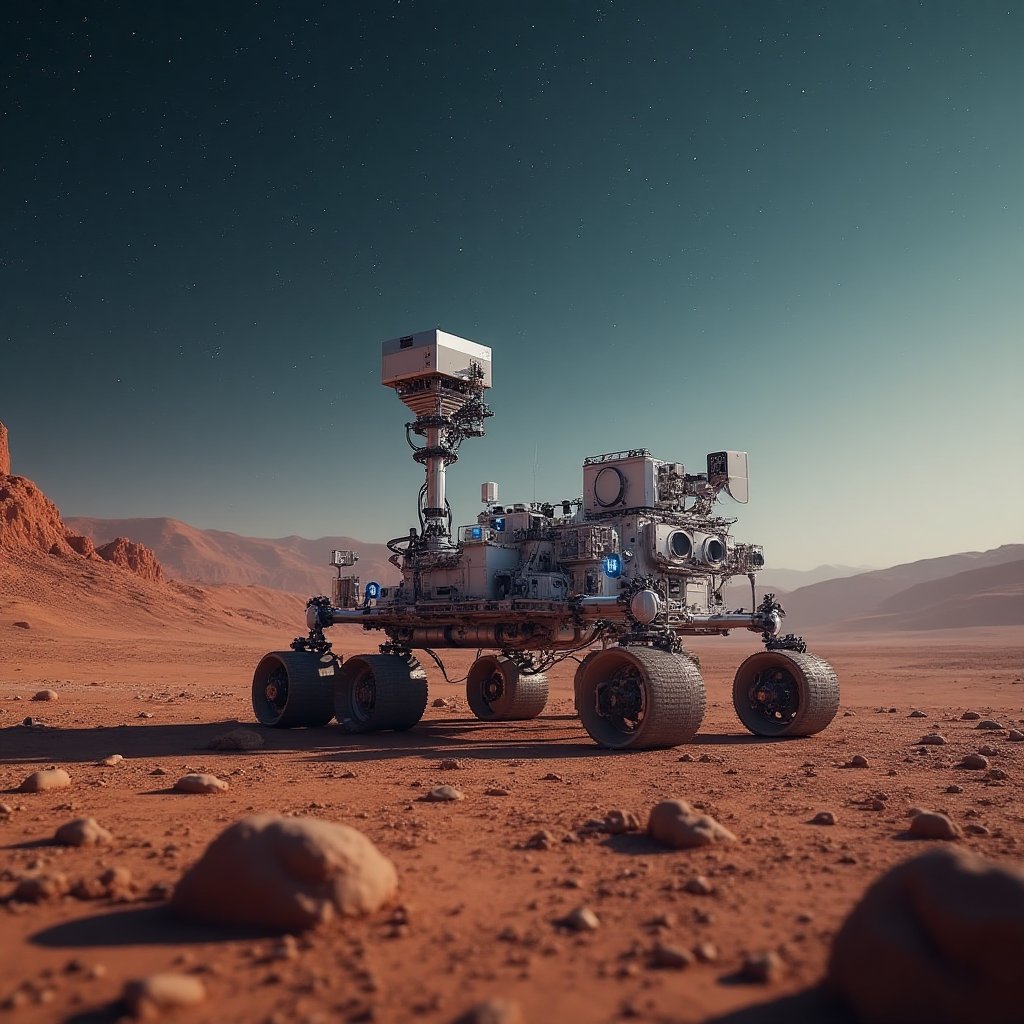
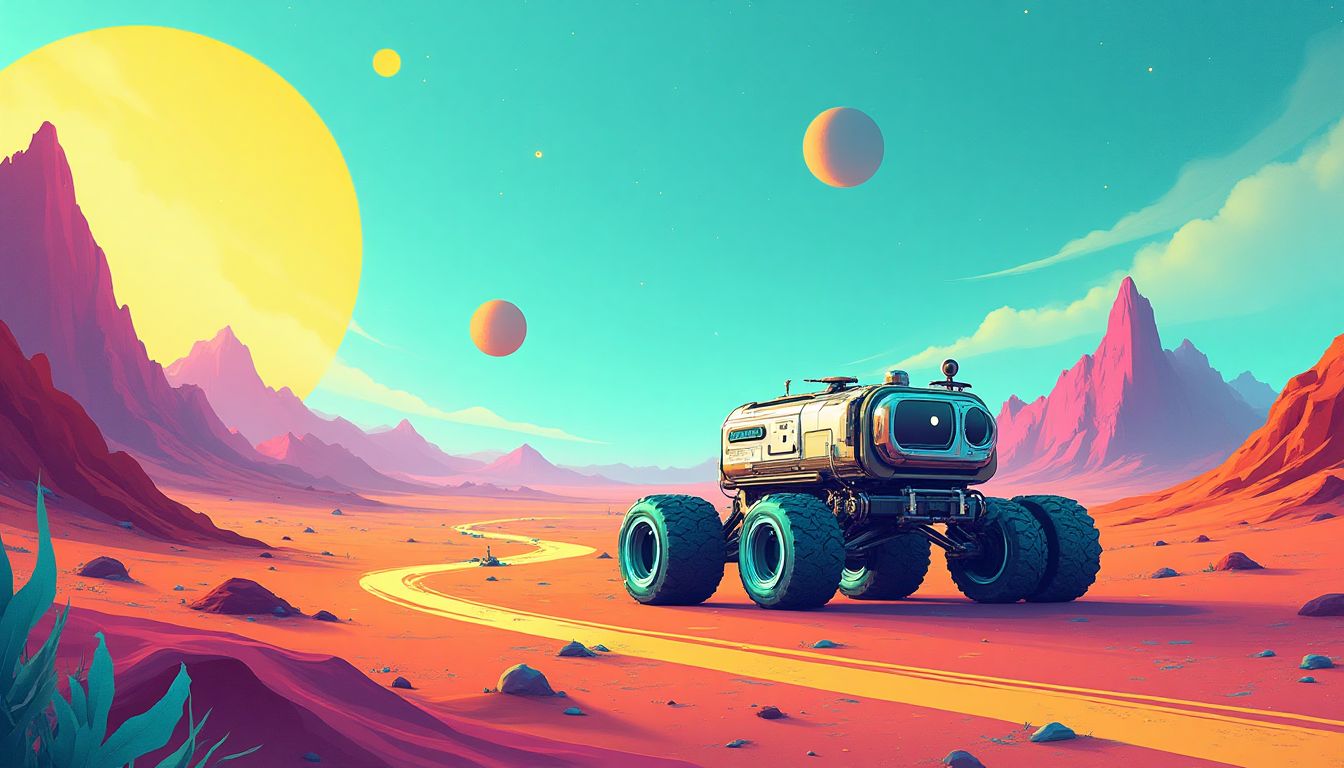
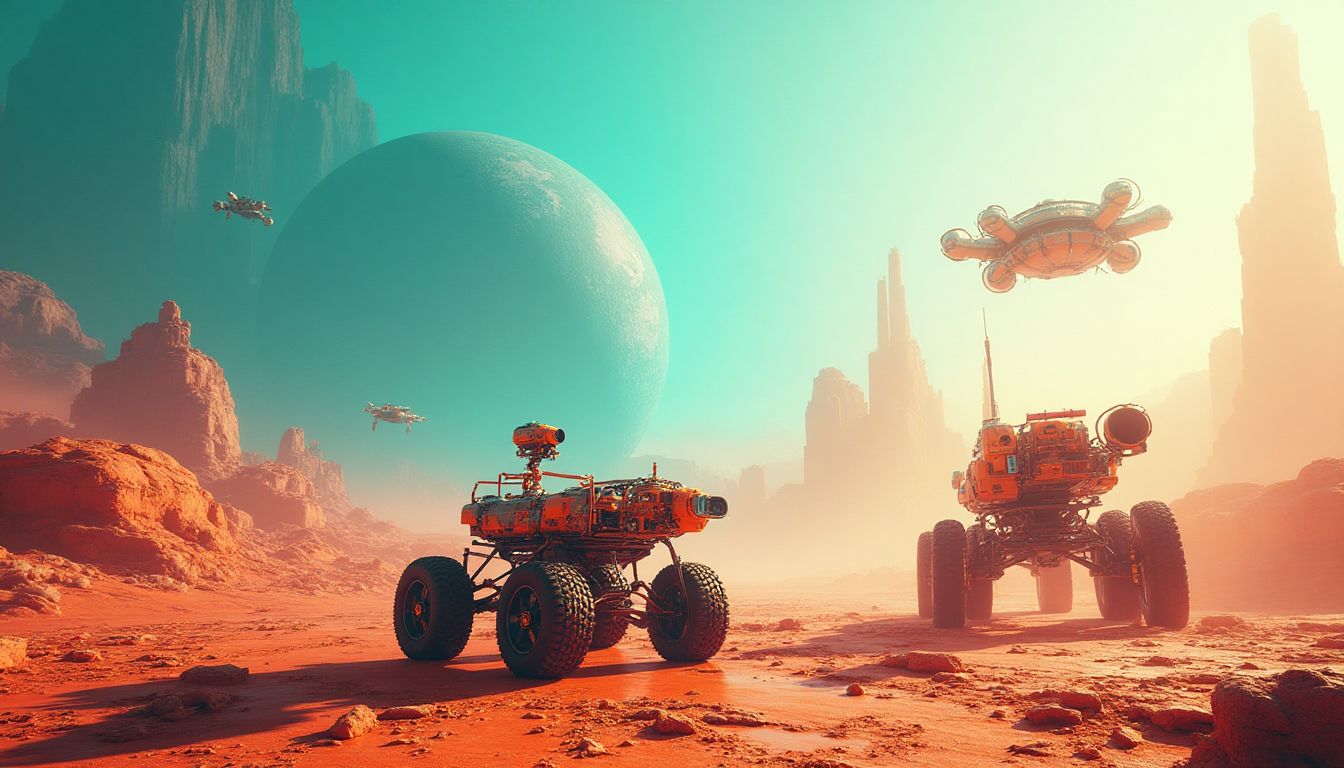
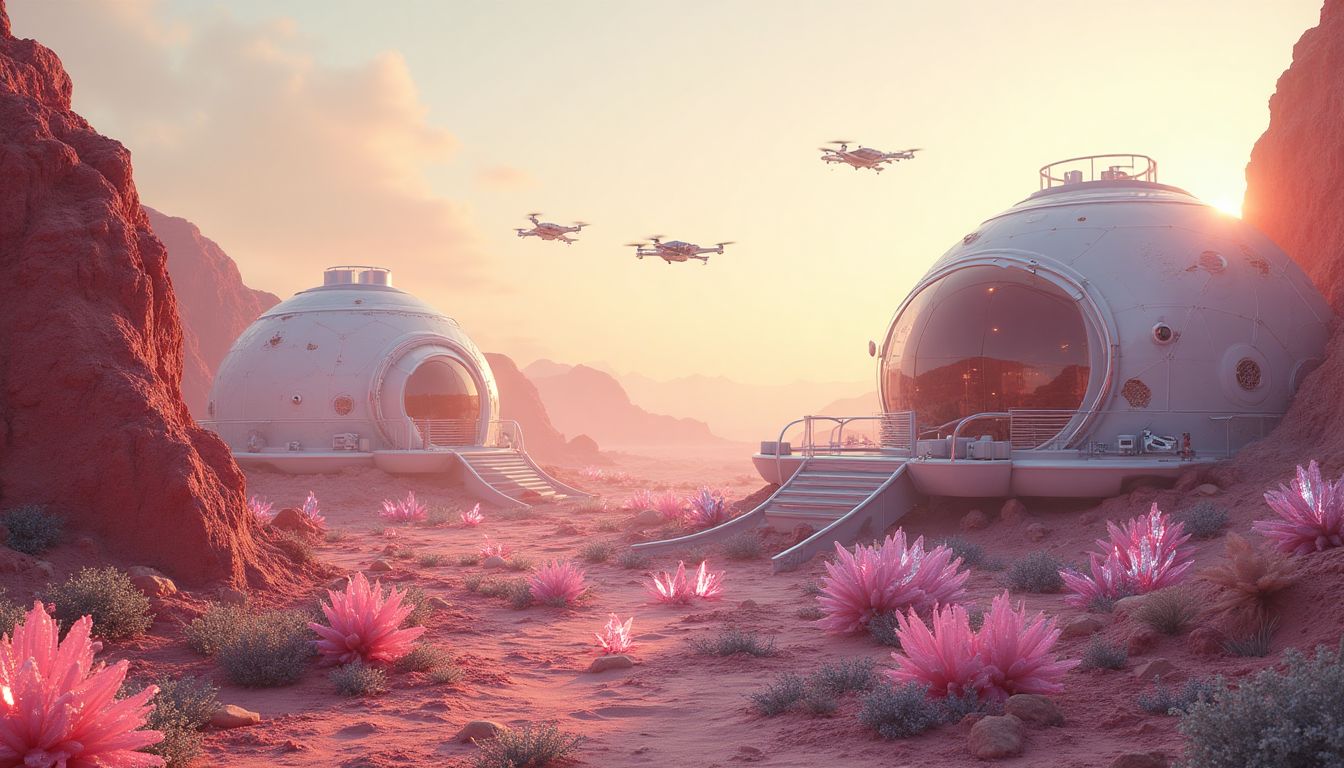
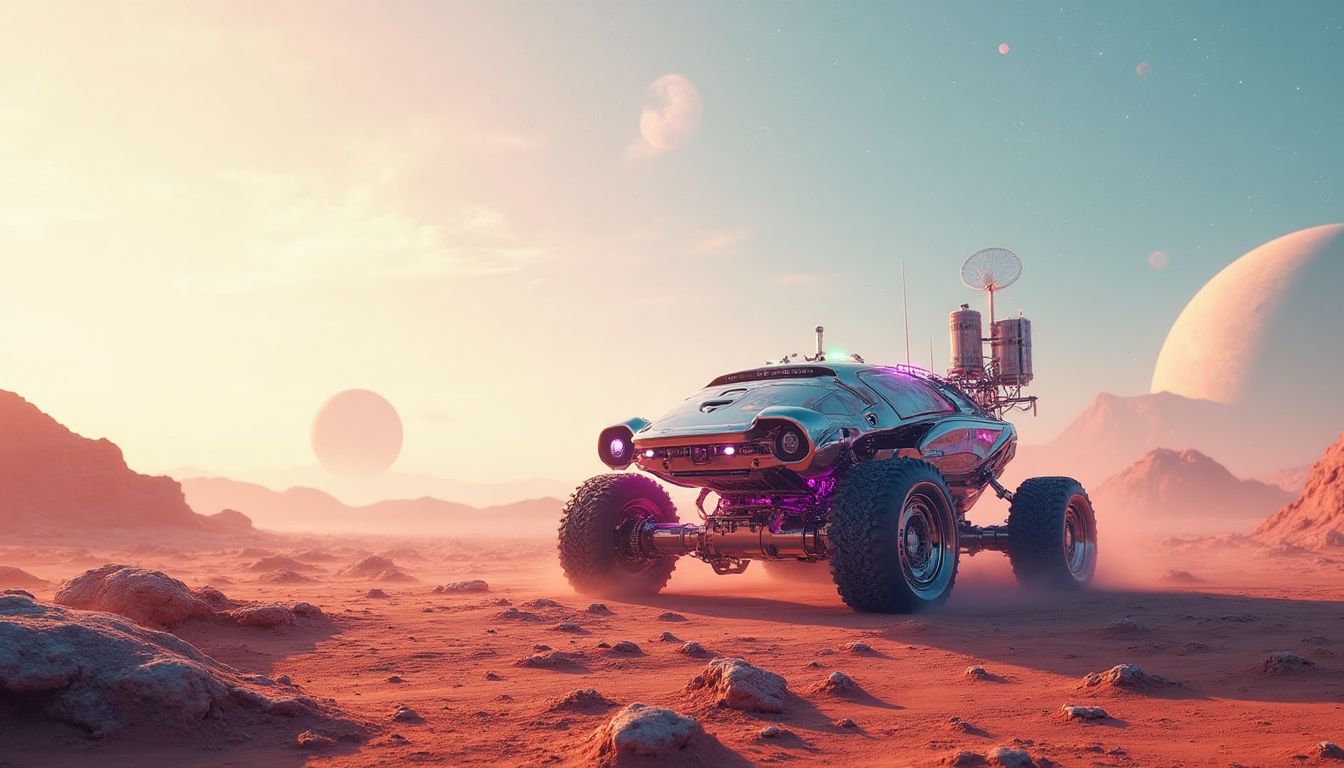
























Post Comment
You must be logged in to post a comment.